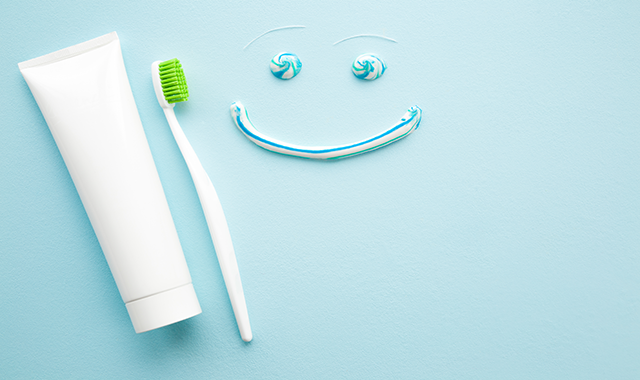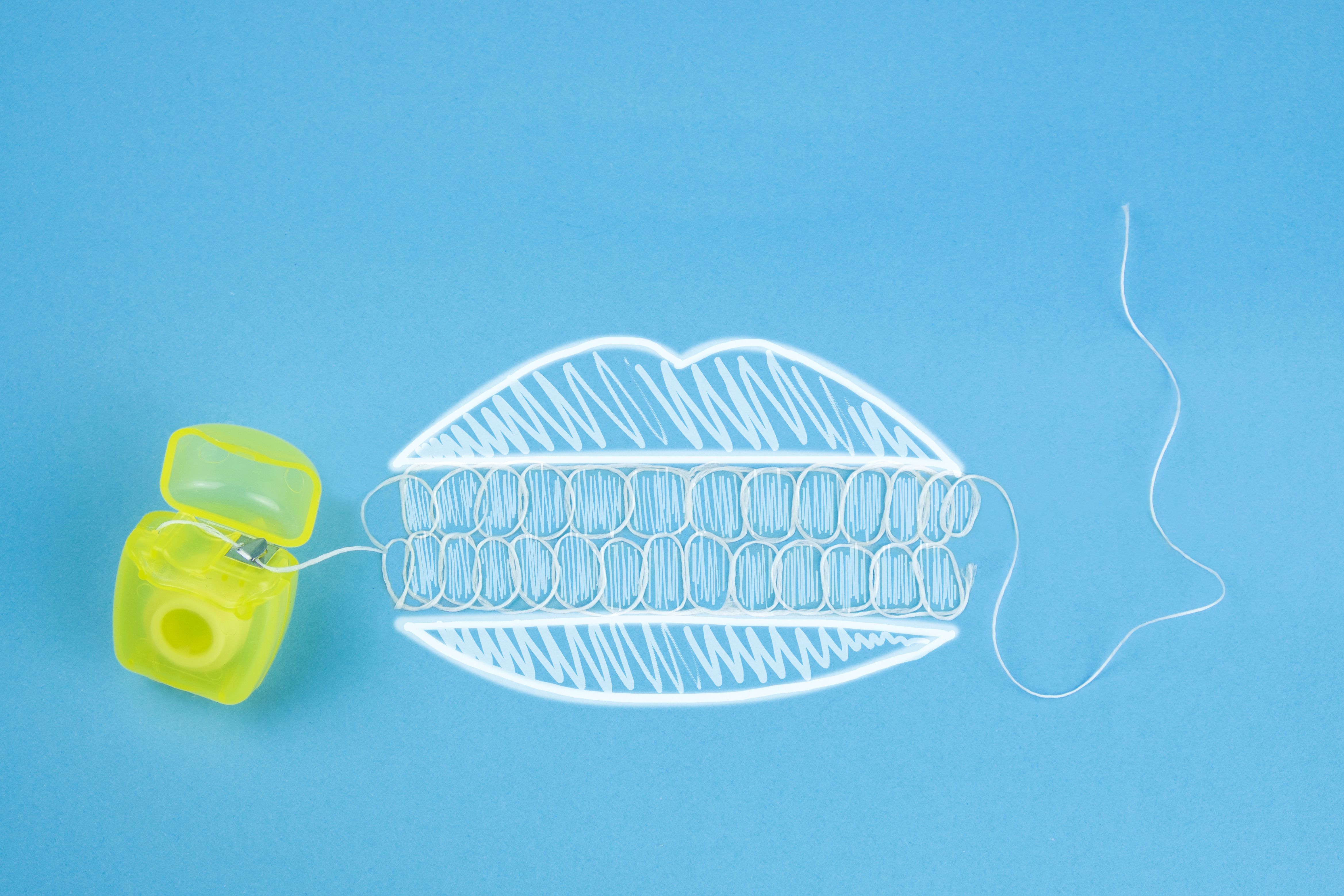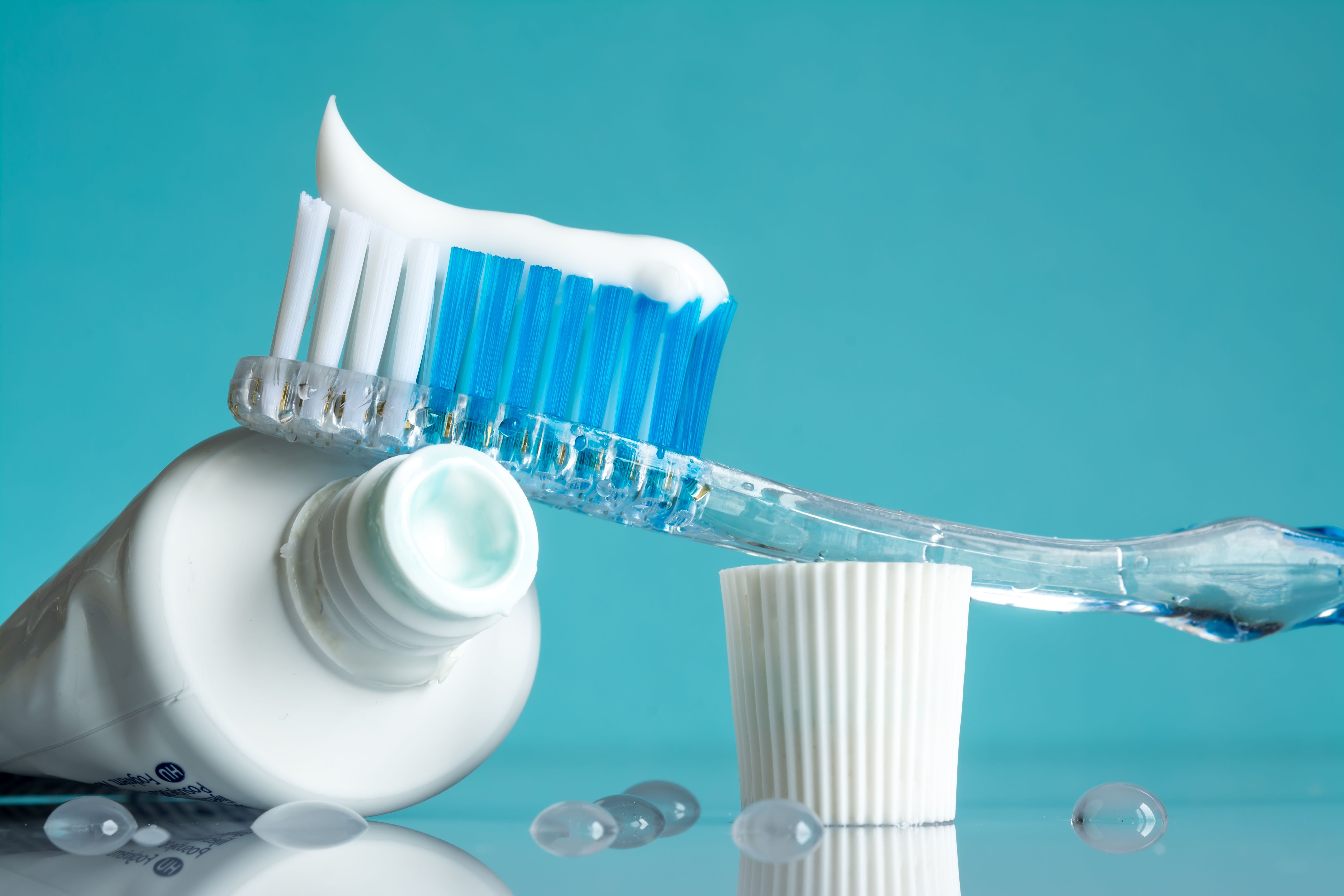Dental Caries Etiology and Personal Oral Hygiene: Let’s Query the Truth Fairy
Caries Management by Risk Assessment (CAMBRA) has been around since it was introduced in early 2001. Even though the caries paradigm shifted from a surgical to a medical approach, some practitioners are still spitting out the same tired recommendations.

Having spent almost an hour on recare with a patient who’s at high risk for dental caries, the dentist enters the hygienist’s operatory and asks the patient if he flosses his teeth. This question often pops up when a dentist or hygienist examines the patient even though the etiology of proximal caries may have nothing to do with dental flossing. True or false? Let’s be objective and query the truth fairy.
Caries Management by Risk Assessment (CAMBRA) has been around since it was introduced in early 2003.1 Even though the caries paradigm shifted from a surgical to a medical approach, some practitioners are still spitting out the same tired recommendations such as floss more, buy a powered toothbrush, or stop eating sugar. Suggestions like these are simplistic and passé. Instead, a medical versus surgical approach to dental caries treatment includes reduction of risk levels for at-risk patients, reversal of active sites by remineralization, follow-up and ongoing maintenance.2 If you’ve never read the two-part series on CAMBRA in the 2007 Journal of the California Dental Association, I highly recommend it. The scientific basis for CAMBRA is discussed followed by practical methods for dental practices to incorporate the concepts into practice including the application of CAMBRA risk assessment guidelines and clinical protocols for children and adults.1
To further expand CAMBRA’s evidence base, the association between the role of personal oral hygiene and dental caries was studied by Hujoel et al. in 2018.3 The confounding effect of fluoride was eliminated from the systematic review (SR) of clinical trials. A causal framework for dental caries was constructed by the investigators and included:
- poor oral hygiene: brushing or interproximal cleaning
- biofilm in dental defects that are impervious to oral hygiene efforts, which included lifestyle (e.g. nutrition, childhood fevers), environment (heavy metals), and medical diseases.
In simple terms, an oral hygiene hypothesis posits that biofilms on tooth surfaces produce acids in the presence of dietary carbohydrates, which demineralize enamel and allow cariogenic bacteria to invade the dentin and pulp. This hypothesis further states that mechanically removing biofilm from tooth surfaces with toothbrushes or interproximal cleaning devices is believed to prevent dental caries. Proponents of this hypothesis believe that clean teeth do not decay.3

The dental defect hypothesis states that dental caries begins in microscopic cracks or crevices in teeth. The biofilm contained within the dental defects is also thought to become cariogenic in the presence of dietary carbohydrates. Oral hygiene is believed to be ineffective because biofilm in dental defects cannot be removed with a toothbrush or interdental cleaning device.3
According to this alternative hypothesis, prevention of dental caries must focus on preventing the formation of dental defects during odontogenesis by repairing the defects from the pulpal side or by sealing or surgically eliminating surface defects in the enamel.3
Fluoride has strong evidence in support of its anticariogenic effect and would confound the results, so the investigators conducted a systematic review of randomized trials assessing only the association between personal oral hygiene and coronal dental caries.3
A total of seven controlled clinical trials (three out of seven were randomized) were included in the SR. The three randomized trials included two trials in the U.S. and the U.K. The enrolled participants were girls and boys and the overall age range was 10-13. Details concerning the various trials are included in the methodology section of the complete report3. A meta-analysis of controlled clinical trials did not support the stated hypothesis that improved oral hygiene without fluoride decreased the risk of coronal caries.3
The reported lack of personal oral hygiene effectiveness could not be attributed to the presence of water fluoridation because two of the three randomized trials were conducted in non-fluoridated communities. Interestingly, two strict protocols (in two randomized trials) involved daily supervised plaque disclosing and removal on school days with a significant reduction in gingivitis but not dental caries.3

The investigators discussed other independent lines of evidence besides this SR, which included a meta-analysis of six systematic reviews of 130 controlled trials under the auspices of the Cochrane Oral Health Group. Cochrane compared the effectiveness of four fluoride products (gels, varnishes, toothpaste, and rinses) in 60,000 subjects which showed that fluoride toothpaste and a fluoride rinse were similarly effective in preventing coronal dental caries.3 To date, other independent lines of evidence besides fluoride products demonstrate a lack of evidence to support personal oral hygiene efforts. These additional efforts include the ineffectiveness of flossing, professional dental plaque removal, and the removal of plaque prior to fluoride applications.3
Hujoel et al also discussed some other salient points to consider when assessing and managing caries risk.
- Oral biofilm can be easily removed on smooth dental surfaces (but not in cracks and crevices) by chemotherapeutics and mechanical cleansing agents.3
- Dental defects can drive an increase and decrease in caries incidence regardless of sugar intake or water fluoridation3.
- In previous generations, the widespread dietary use of Vitamin D supplements to overcome epidemics of pediatric malnutrition and national vaccination programs to reduce infant and childhood fevers (starting in the 1960s) resulted in fewer teeth with defects which were more resistant to cariogenicity of sugar and bacteria.3 There is a known association between dental caries in children and lower serum Vitamin D worldwide and there is growing evidence supporting this link.4,5
- Research suggests that topical fluoride might possibly reduce dental caries because of systemic absorption through the oral mucosa in addition to its topical effects.3
- This SR does not question the potential value of oral hygiene for dental caries prevention. Adults with exposed cementum or decreased salivary flow or adults with systemic disease or other disorders benefit from improved oral hygiene in many ways besides dental/root caries prevention. Improved oral hygiene improves oral malodor and can be a cost-effective way to deliver fluoride, reduce gingivitis, remove food impactions or help patients in recovery from oral surgery procedures.3
There are several important take-a-ways for dental clinicians as a result of this published report. The recent trend by parents to recommend fluoride-free dentifrices for their children is unqualified and not recommended by the American Academy of Pediatric Dentistry (AAPD). The AAPD affirms that the use of fluoride as an adjunct in the prevention of dental caries is safe and effective. Adopting a mindset that personal oral hygiene efforts reduce dental caries risk perpetuates the myth that sugar is safe to consume, as long as thorough toothbrushing is part of a daily routine.
Dental practitioners are known to hang onto tired old messages like “Brush or floss more and you’ll have fewer cavities.” Patients hang on to our words and clichés and we MUST follow the evidence-base. Too often, we adopt industry trends instead of using objective facts as the basis for supporting our recommendations. Start telling patients instead that a large body of evidence has failed to show support for toothbrushing/flossing alone in the prevention and control of coronal dental caries. Ask your talented RDH to teach everyone in the practice about CAMBRA and adopt the protocol for various age groups.
References:
- cda.org/Portals/0/journal/journal_102007.pdf
- ncbi.nlm.nih.gov/pmc/articles/PMC5784482/
- Hujoel et al. Personal oral hygiene and dental caries: a systematic review of randomised controlled trials. Gerodontology. 2018 Dec;35(4): 282-289.
- Almoudi MM et al. Dental caries and vitamin D status in children in Asia. Pediatr Int. 2019. Apr; 61(4): 327-338.
- Hujoel PP. Vitamin D and dental caries in controlled clinical trials: systematic review and meta-analysis. Nutr Rev. 2013. Feb;71(2): 88-97.